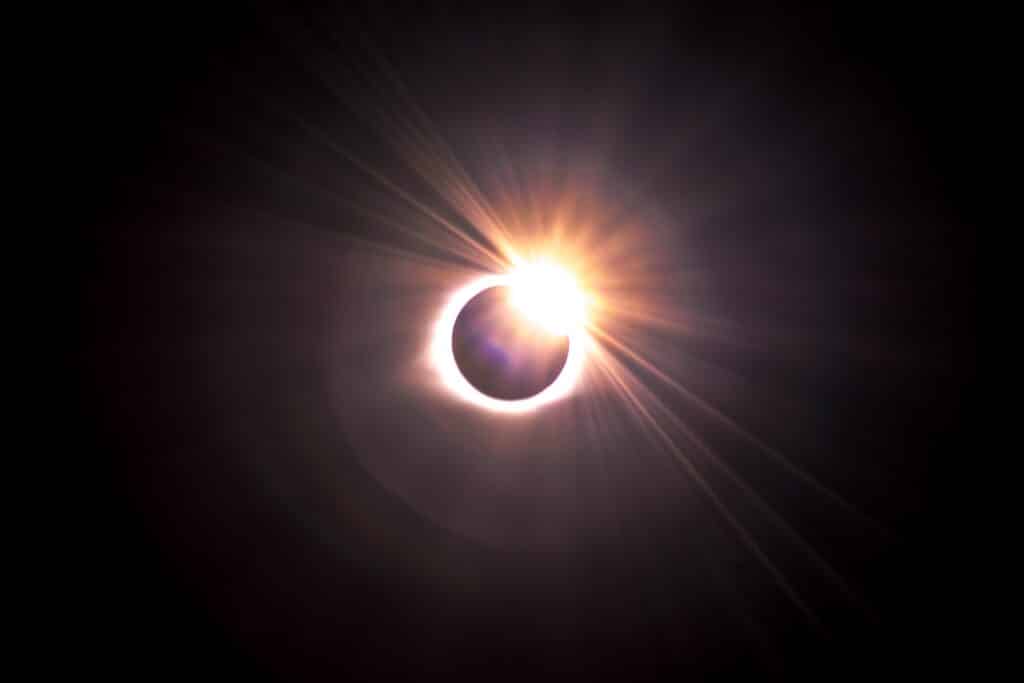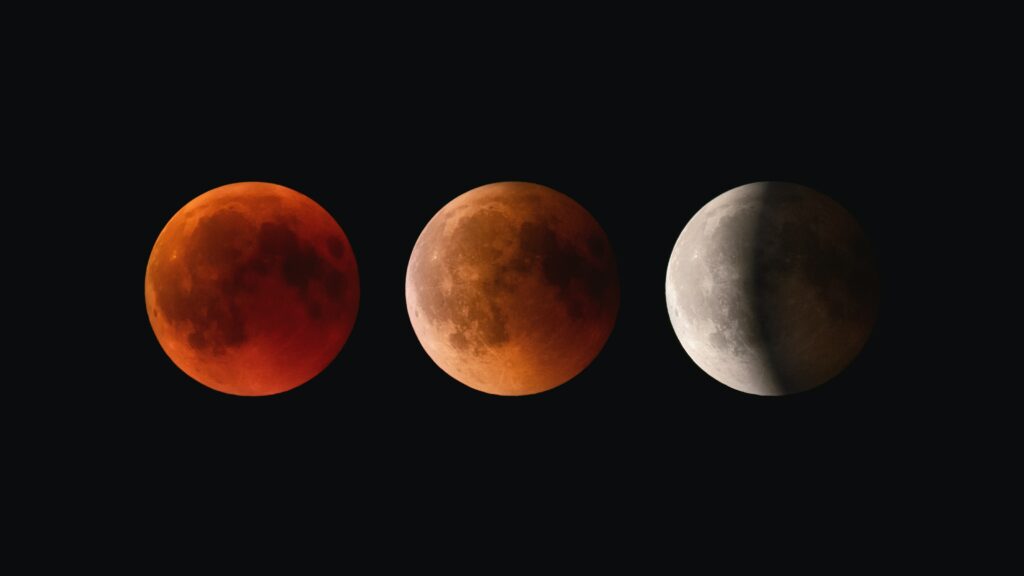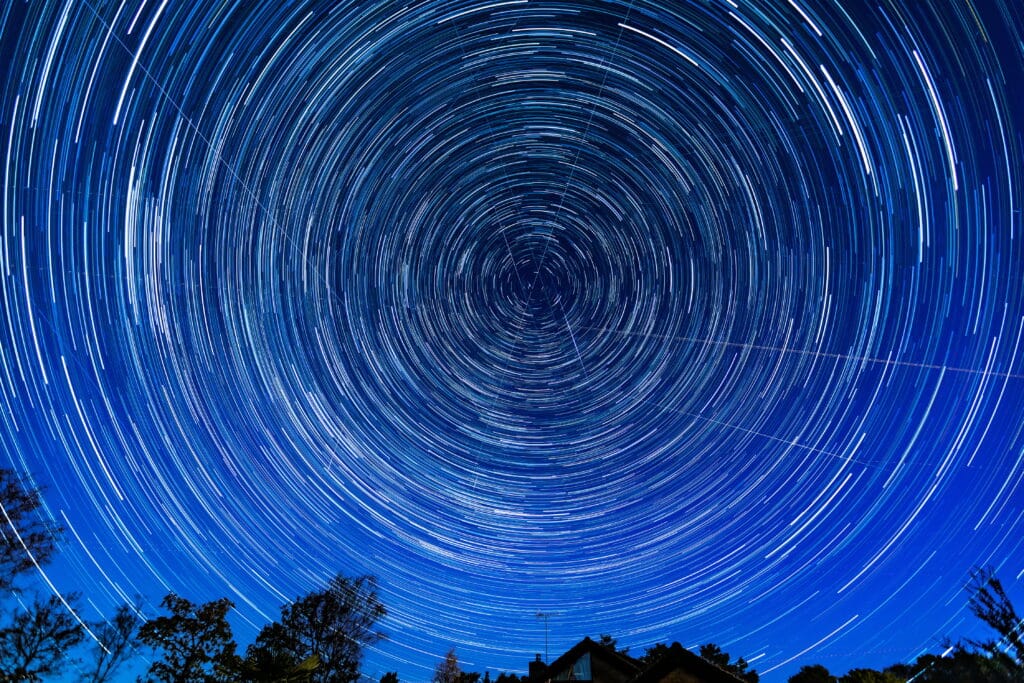Every year, our planet offers us a front-row seat to an array of cosmic wonders. Whether you’re a seasoned stargazer or just a casual observer of the night sky, these celestial events bring a touch of wonder to our lives. And while we may be nearing the end of 2023, there are still plenty of opportunities to see some of the most spectacular astronomical events the night sky offers.
For me, the most anticipated of these events are the recurring meteor showers. They never cease to amaze me. These result from comet trails igniting in our planet’s atmosphere providing a tangible connection to the distant cosmos. These celestial wanderers leave their luminous mark on our Earthly canvas, reminding us of the vastness of the universe and the intricate dance of cosmic bodies that occurs beyond our atmosphere.
But 2023 promises more than just meteor showers; it has two eclipses in store. One of the most intriguing is an annular solar eclipse, a unique event where the Moon, while positioned between Earth and the Sun, appears smaller than the Sun, forming a captivating “ring of fire” effect.
Prepare to be captivated by these seven celestial events in 2023, offering breathtaking glimpses into the cosmos before the year’s end. The best part? No telescope required! These events are accessible and captivating for everyone.

1. Draconid Meteor Shower (October 6–10)
Witness this minor meteor shower producing about 10 meteors per hour, a rarity in that it’s best viewed in the early evening. It occurs from October 6 to 10, peaking on October 7 under a second quarter moon, creating ideal conditions to watch meteors radiate from the constellation Draco.
Pro Tip: Use a sky map app on your smartphone to help identify constellations and pinpoint the radiant point for the best meteor views.
2. Annular Solar Eclipse (October 14)
On October 14, experience an annular solar eclipse where the Moon forms a luminous ring around the Sun. It begins in the Pacific Ocean and travels across the southwestern United States, Central America, Colombia, and Brazil. A partial eclipse will be visible throughout much of North and South America.
Pro Tip: Use eclipse glasses or a solar viewer to protect your eyes when observing the eclipse. Never look directly at the Sun without proper eye protection.
3. Orionid Meteor Shower (October 21–22)
Enjoy the Orionid Meteor Shower, an average event producing up to 20 meteors per hour. It’s caused by dust grains from Halley’s Comet and peaks on October 21 and 22. The first quarter moon may obscure some evening viewing but sets shortly after midnight, promising a great morning show. Look for meteors radiating from the Orion constellation.
Dark Sky Location: Choose a dark sky location far from city lights to maximize meteor visibility and reduce light pollution.
4. Partial Lunar Eclipse (October 28)
On October 28, a partial lunar eclipse will grace the skies, visible across Europe, Asia, Africa, and western Australia, transforming the Moon into a celestial masterpiece.

Pro Tip: Use binoculars or a small telescope to get a closer look at the lunar eclipse. You’ll be able to see more details on the Moon’s surface during the eclipse.
5. Leonid Meteor Shower (November 17–18)
The Leonid Meteor Shower is an average event but boasts a unique 33-year cycle with a cyclonic peak, last seen in 2001. It’s produced by dust grains from comet Tempel-Tuttle. From November 6 to 30, it peaks on the night of November 17 and the morning of November 18. With a crescent moon setting before midnight, expect an impressive early morning meteor display from the Leo constellation.
Pro Tip: To spot more meteors, lie flat on your back and keep your gaze fixed on the darkest part of the sky. This reduces neck strain and increases your chances of catching meteors.
6. Geminid Meteor Shower (December 13–14)
Known as the king of meteor showers, the Geminids can deliver up to 120 multicolored meteors per hour. Debris from the asteroid 3200 Phaethon, discovered in 1982, creates this spectacle. From December 7 to 17, it peaks on the night of December 13 and the morning of December 14, offering dark skies for an unforgettable show. Look for meteors radiating from the Gemini constellation.
Pro Tip: For such a dense meteor shower consider bringing a camera and a tripod to take stunning long exposure time lapses.
7. Ursid Meteor Shower (December 21–22)
The Ursid Meteor Shower, though minor, offers about 5-10 meteors per hour, remnants of dust grains from comet Tuttle, discovered in 1790. From December 17 to 25, it peaks on the night of December 21 and the early morning of December 22. Patient observers can catch a few impressive meteors just after midnight, far from city lights, as they radiate from the Ursa Minor constellation.
Pro Tip: Preserve your night vision while meteor-watching by using a red flashlight or a smartphone app with a red screen. Red light is less likely to disrupt your eyes’ adaptation to the darkness.
Enjoy all the marvels that our galaxy has to offer and don’t miss out on these spectacular chances to see the wonders of the night sky! If you have pro tips of your own, please leave them in the comments below!

















